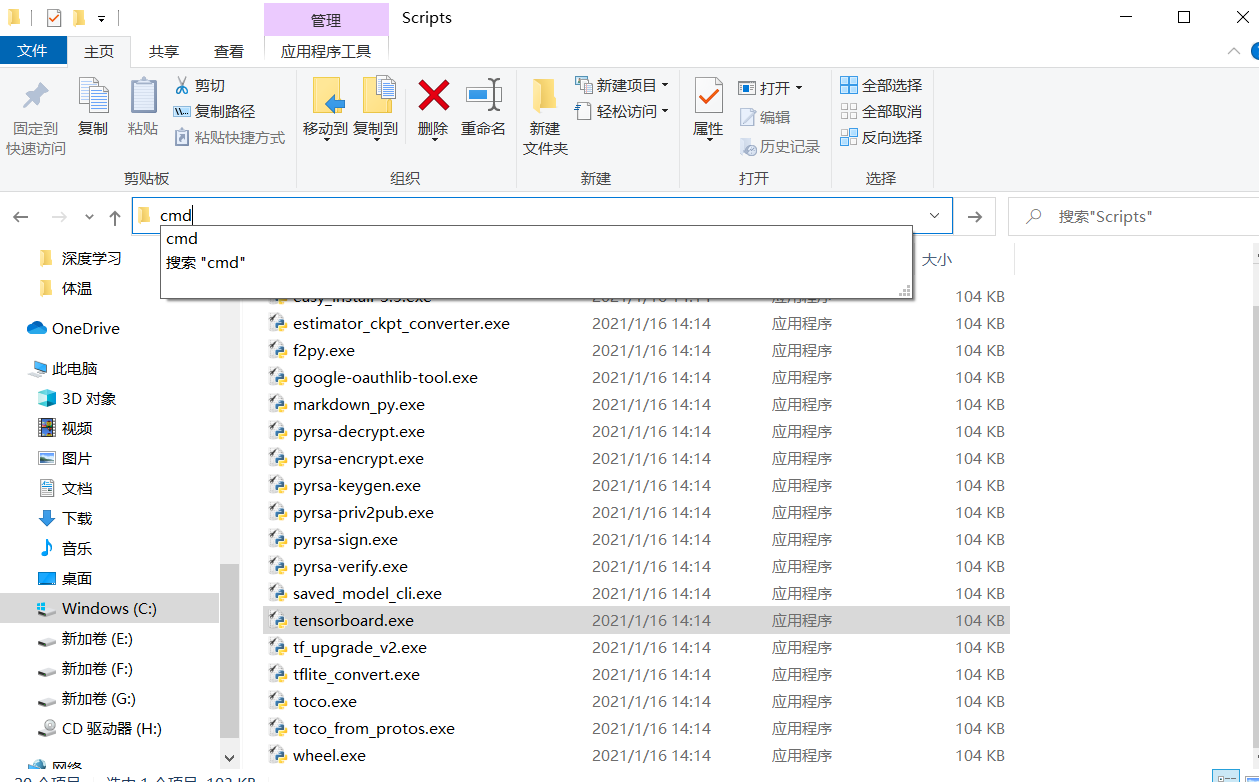tensorboard展示网络结构
代码
import tensorflow as tf from tensorflow.examples.tutorials.mnist import input_data tf.compat.v1.disable_eager_execution() #载入数据集 mnist=input_data.read_data_sets("MNIST_data",one_hot=True) #每个批次大小 batch_size=100 #计算一共有多少个批次 n_bath=mnist.train.num_examples // batch_size print(n_bath) with tf.name_scope('input'): #定义两个placeholder x=tf.compat.v1.placeholder(tf.float32,[None,784],name='x-input') y=tf.compat.v1.placeholder(tf.float32,[None,10],name='y-input') with tf.name_scope('layer'): #创建一个简单的神经网络 with tf.name_scope('wights'): W=tf.Variable(tf.zeros([784,10]),name='W') with tf.name_scope('biases'): b=tf.Variable(tf.zeros([10]),name='b') with tf.name_scope('wx_plus_b'): wx_plus_b=tf.matmul(x,W)+b with tf.name_scope('softmax'): prediction=tf.nn.softmax(wx_plus_b) with tf.name_scope('loss'): #二次代价函数 loss=tf.reduce_mean(tf.square(y-prediction)) with tf.name_scope('train'): #梯度下降 train_step=tf.compat.v1.train.GradientDescentOptimizer(0.2).minimize(loss) #初始化变量 init=tf.compat.v1.global_variables_initializer() with tf.name_scope('accuracy'): with tf.name_scope('correct_prediction'): #结果存放在一个布尔型列表中 #返回的是一系列的True或False argmax返回一维张量中最大的值所在的位置,对比两个最大位置是否一致 correct_prediction=tf.equal(tf.argmax(y,1),tf.argmax(prediction,1)) with tf.name_scope('accuracy'): #求准确率 #cast:将布尔类型转换为float,将True为1.0,False为0,然后求平均值 accuracy=tf.reduce_mean(tf.cast(correct_prediction,tf.float32)) with tf.compat.v1.Session() as sess: sess.run(init) writer=tf.compat.v1.summary.FileWriter('logs/',sess.graph) for epoch in range(1): for batch in range(n_bath): #获得一批次的数据,batch_xs为图片,batch_ys为图片标签 batch_xs,batch_ys=mnist.train.next_batch(batch_size) #进行训练 sess.run(train_step,feed_dict={x:batch_xs,y:batch_ys}) #训练完一遍后,测试下准确率的变化 acc=sess.run(accuracy,feed_dict={x:mnist.test.images,y:mnist.test.labels}) print("Iter "+str(epoch)+",Testing Accuracy "+str(acc))
会生成logs/目录,并且目录下的文件我们需要这样子打开
打开图的方法
1.找到“tensorboard.exe”所在目录(找不到直接用搜索,一般在python运行环境目录中),输入cmd回车打开。

2.找到运行程序的日志输出路径(一般在项目目录中),复制路径地址。
3.cmd框中键入命令:tensorboard --logdir=日志路径地址,回车,把红框内的网址复制到浏览器打开,搞定。

图形化展示
点击对应的模块,会展示详细的数据信息以及相应的结构展示
